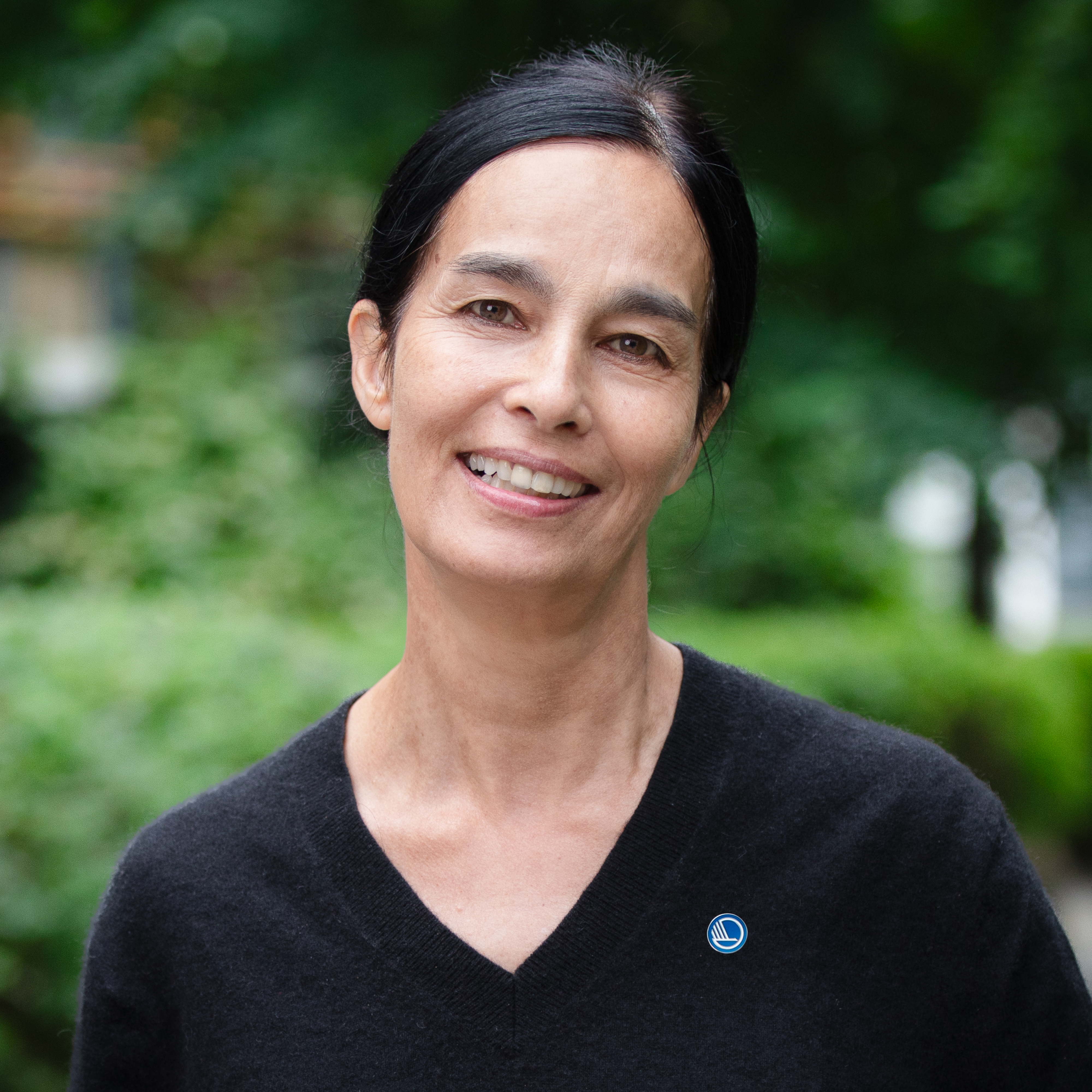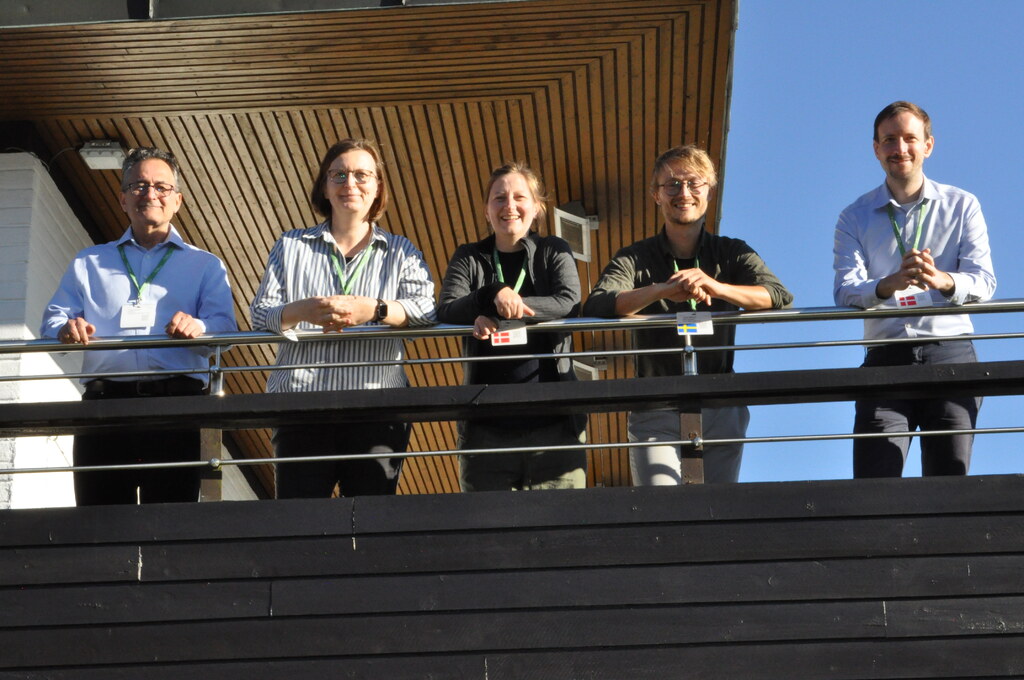
“International research cooperation is crucial for finding the best energy solutions to climate change”
On 2–3 October, Nordic Energy Research held the Annual Mobility Workshop in Oslo. As part of the Nordic Energy Research Mobility Programme, the workshop gathered PhD students and researchers from…
On 2–3 October, Nordic Energy Research held the Annual Mobility Workshop in Oslo. As part of the Nordic Energy Research Mobility Programme, the workshop gathered PhD students and researchers from different fields and regions to explore the added value of Nordic research collaboration.
“International research cooperation is crucial for finding the best energy solutions to climate change,” said Birte Holst Jørgensen, Senior Researcher at the Technical University of Denmark, in her opening keynote speech.
“Science does not know any borders. By cooperating internationally and educating the energy researchers of the future, we benefit from greater access to competencies, unique sites, and specialised facilities, but also from sharing costs and risks of expensive research infrastructure.”
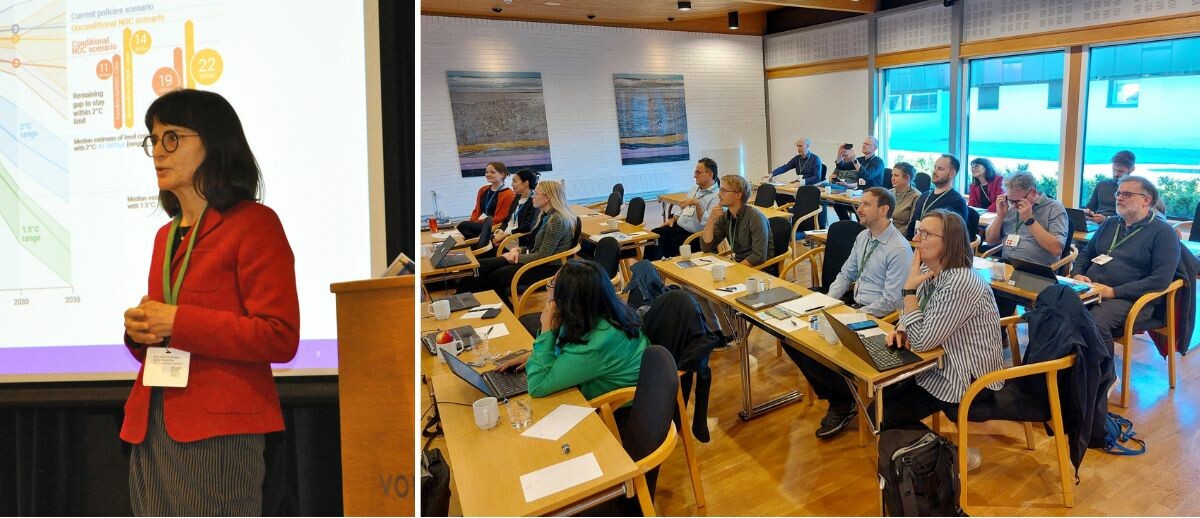
Birte Holst Jørgensen, Senior Researcher at the Technical University of Denmark, opened the Annual Mobility Workshop.
The workshop proved to be an excellent setting for interdisciplinary connections and knowledge sharing, catering to the participants’ interest in exchanging experiences about their work and establishing long-term relations and collaborations. Of particular interest were the presentations of the three projects funded within the Nordic Energy Research Mobility Programme:
- Nordic Fire and Safety Network: Focus on Energy III (NFSNergy)
- Nordic Network on Energy System Integration and Sustainable Transport (NordNET 2.0)
- Energy Informatics Academy Network Nordic (EIA Nordic)
In between the sessions, we got to delve deeper into these projects, as we sat down with the project leaders to discuss their respective expertise on fire safety in green energy initiatives, sustainable transport, and energy informatics.
Safety checking the fast development of energy technology
Safety issues must be accounted for in new energy technologies – if not addressed, fire incidents may lead to a backlash in the social acceptance of the green transition. With this in mind, NFSNergy III aims to reach out to energy activites in society requiring fire safety.
Anne Dederichs is Project Leader of NFSNergy and Senior Research Scientist at RISE Research Institutes of Sweden. She explains that our society is currently undergoing a fast development of new technologies, which need to be accompanied by a safety concern. However, projects that focus on the safety aspects are outnumbered by the avalanche of green initiatives which introduce new materials, each with its own set of fire safety needs.
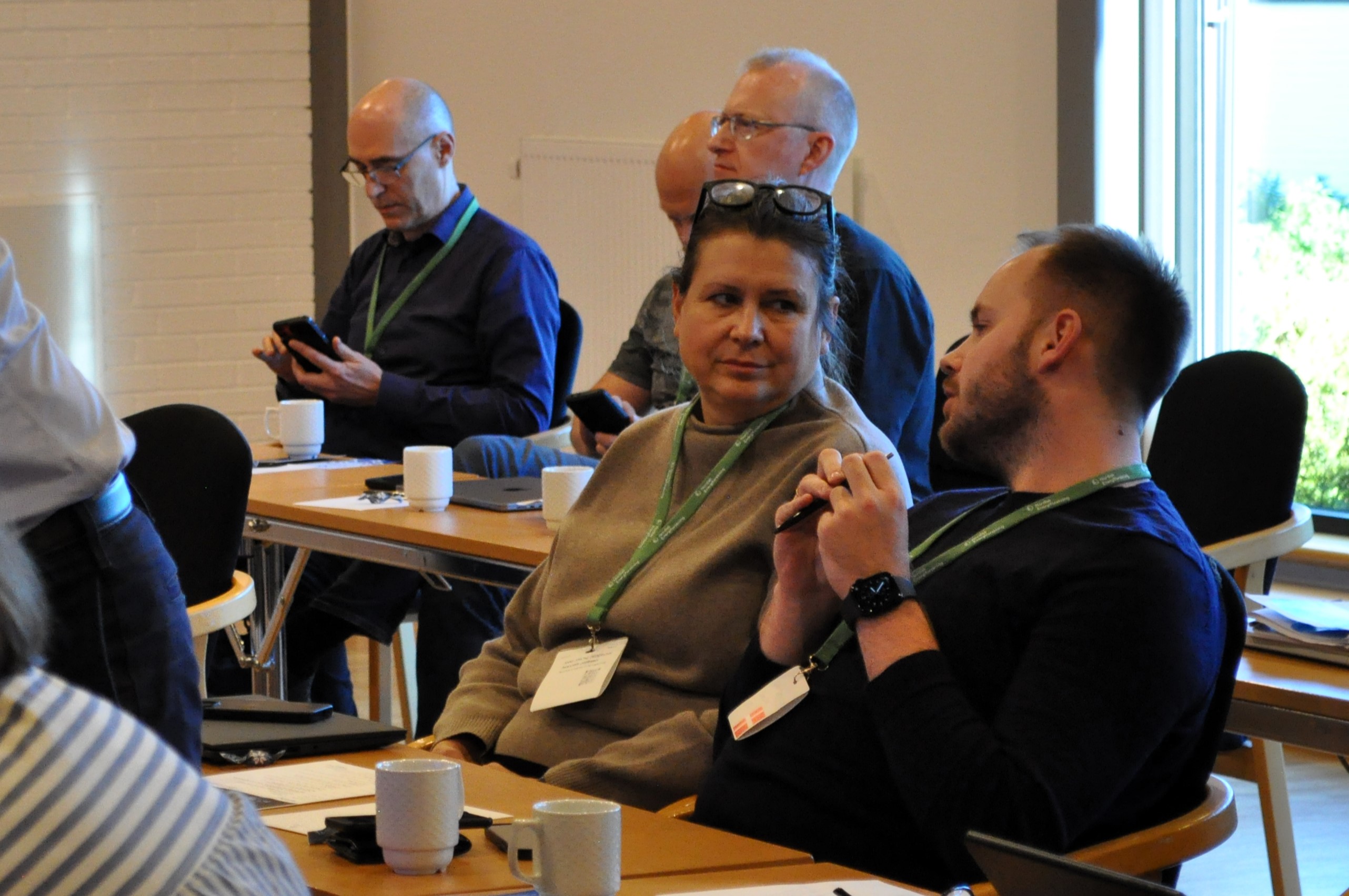
Anne Dederichs, Project Leader, NFSNergy and Senior Research Scientist, RISE Research Institutes of Sweden, and Nicklas Sjøgren Koch, Function Leader and Solution Architect – Maritime and Energy, DBI – The Danish Institute of Fire and Security.
“Our part of the job has not been done in respect to the different aspects of green energy with different carriers, such as batteries and hydrogen. NFSNergy aims to remedy this. Safety hygiene should be part of every green research project, from the very moment the project starts. We need a routine in safety hygiene in both research and development,“ says Dederichs.
After the success of the two earlier NFSNergy projects, NFSNergy III builds on their results to expand the collaboration between multidisciplinary teams working on important energy-related initiatives that promote fire safety. By organising summer schools, webinars, conferences, and an equliaty network, NFSNergy III seeks to increase the networking among researchers, postdocs, and PhD students in the field of safety of buildings and energy infrastructures.
“New ideas mostly come about face to face”
Like the name suggests, NordNET 2.0 builds on an earlier project that started three years ago. Then, it was mostly about connecting researchers across disciplines to come up with new research ideas. Now, NordNET 2.0 joins forces to develop interdisciplinary research in the Nordics for guidance in policymaking on the energy and transportation system, as transportation is becoming more and more electricity based.
“When we think about the future energy system, we need to think about what transportation of the future looks like, due to the increasing connection between the two,” says Jens Weibezahn, Project Leader of NordNET 2.0 and Assistant Professor at Copenhagen School of Energy Infrastructure (CSEI).
“How will the behavioural patterns and mobility look? What kind of fuel will, e.g., long-haul trucking use? And how and where will this fuel be produced? Is it just electricity, hydrogen of some sort, or something completely different? All these aspects need to be integrated considering tomorrow’s energy systems. This is basically why NordNET 2.0 brings together energy and electricity system modellers and transportation scientists, as well as economists, who are more concerned with the regulation and the market design. Once we have decided in detail what kind of future we want, we can build the right frameworks to make it happen.”
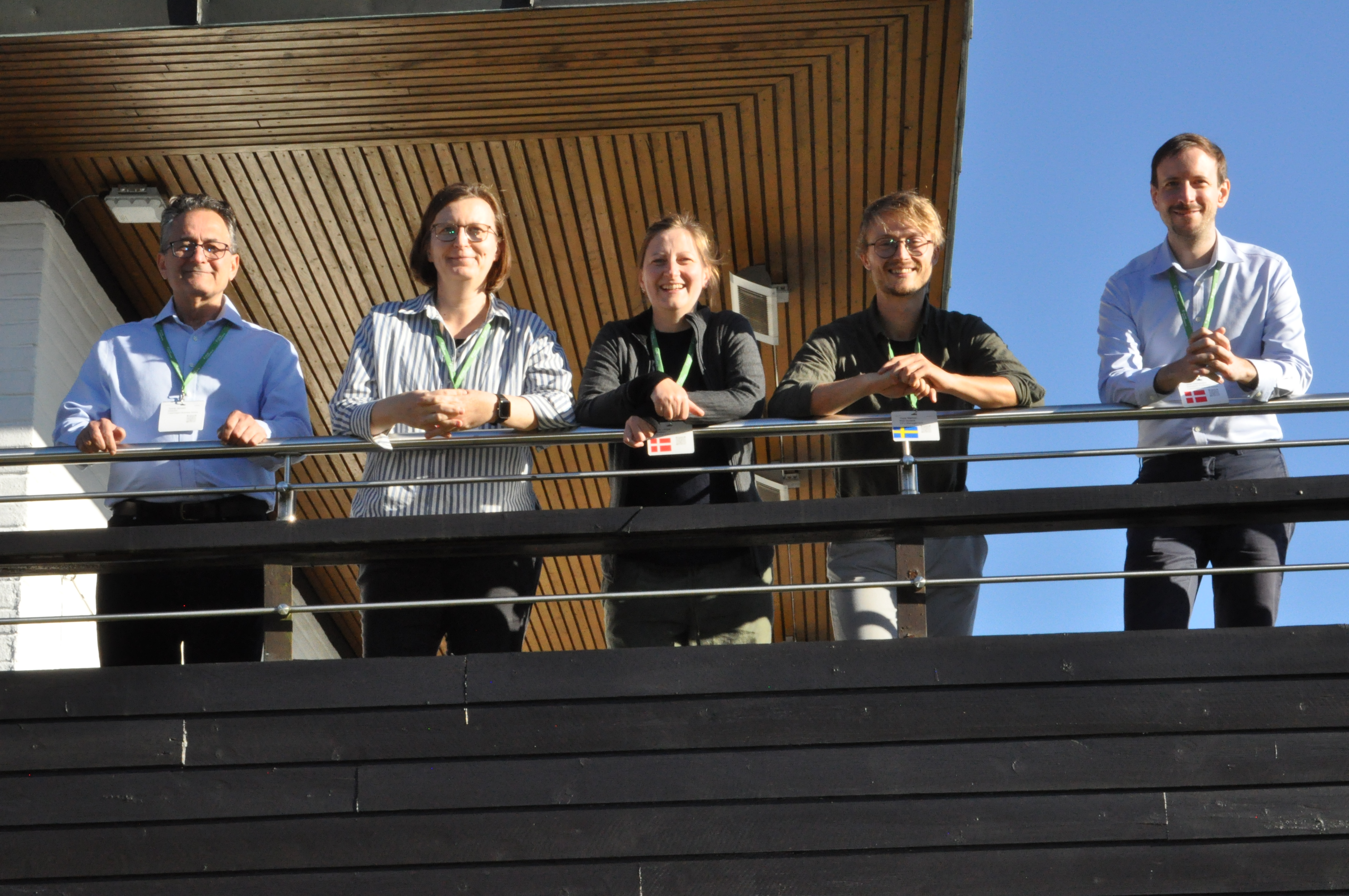
The NordNET 2.0 project team. From left: Tooraj Jamasb, Chair in Energy Economics, Copenhagen Business School, Anne Neumann, Professor, Norewegian University of Science and Technology (NTNU), Lissy Langer, Postdoc, Technical University of Denmark (DTU), Theis Madsen, PhD student, DTU Management, and Jens Weibezahn, Assistant Professor, Copenhagen School of Energy Infrastructure (CSEI).
By gathering engineers, economists, and behavioural scientist, NordNet 2.0 lets each network partner bring their specific focus and expertise to the table. At the same time, the project opens up the opportunity for PhD students and researchers alike to gain knowledge and insights into the adjacent sector (electricity and transportation, respectively) as well as additional research methodology, leading to a broader portfolio and more interdisciplinary research outputs.
“It’s important for PhD students to not only be with their supervisors at home, but meeting new people, building a network of their own, and getting new perspectives. Cooperation can work quite well online once you’ve started it, but new ideas mostly come about face to face. On the one hand, we obviously want to travel as little as possible, but on the other, physical meetings in less formal settings are very valuable,” says Weibezahn.
“For example, thanks to Nordic Energy Research, we’ve been able to extend our network towards Icelandic partners, since we got to meet in person at the Nordic Hydrogen Valleys Conference in Reykjavik last year. Iceland is a remote country but also very important in terms of energy. It’s really interesting for us to get their perspective as well.”
In addition to the dilemma of travelling and meeting in person, Weibezahn mentions another challenge for engaging in collaborative and networking activities related to energy research:
“Time! It’s really hard to organise long-term stays for researchers. We had originally planned three-month stays for them in the partner institution, but they have so many other commitments in terms of family and work that it’s just not feasible to be away from home for such a long time. That could be solved by shortening the stays, which are still valuable.”
Planning for the intellectual resilience of the Nordic region
While NFSNergy deals with safety concerns and NordNet puts focus on the integration of energy and transportation, the project EIA Nordic addresses energy infomatics. Energy informatics is a fundamental component for strategic planning and operational management of energy systems in the Nordic region, but the region is currently lacking a cohesive networking framework for energy informatics.
“This absence impedes the Nordics’ capability to lead in sustainable energy systems,” says Zheng Grace Ma, Project Leader of EIA Nordic and Full Professor at SDU Center for Energy Informatics. “The Nordic region’s unique climate, economic, and social characteristics, alongside ambitious sustainability goals, underscore the necessity of energy informatics for navigating the green energy transition.”
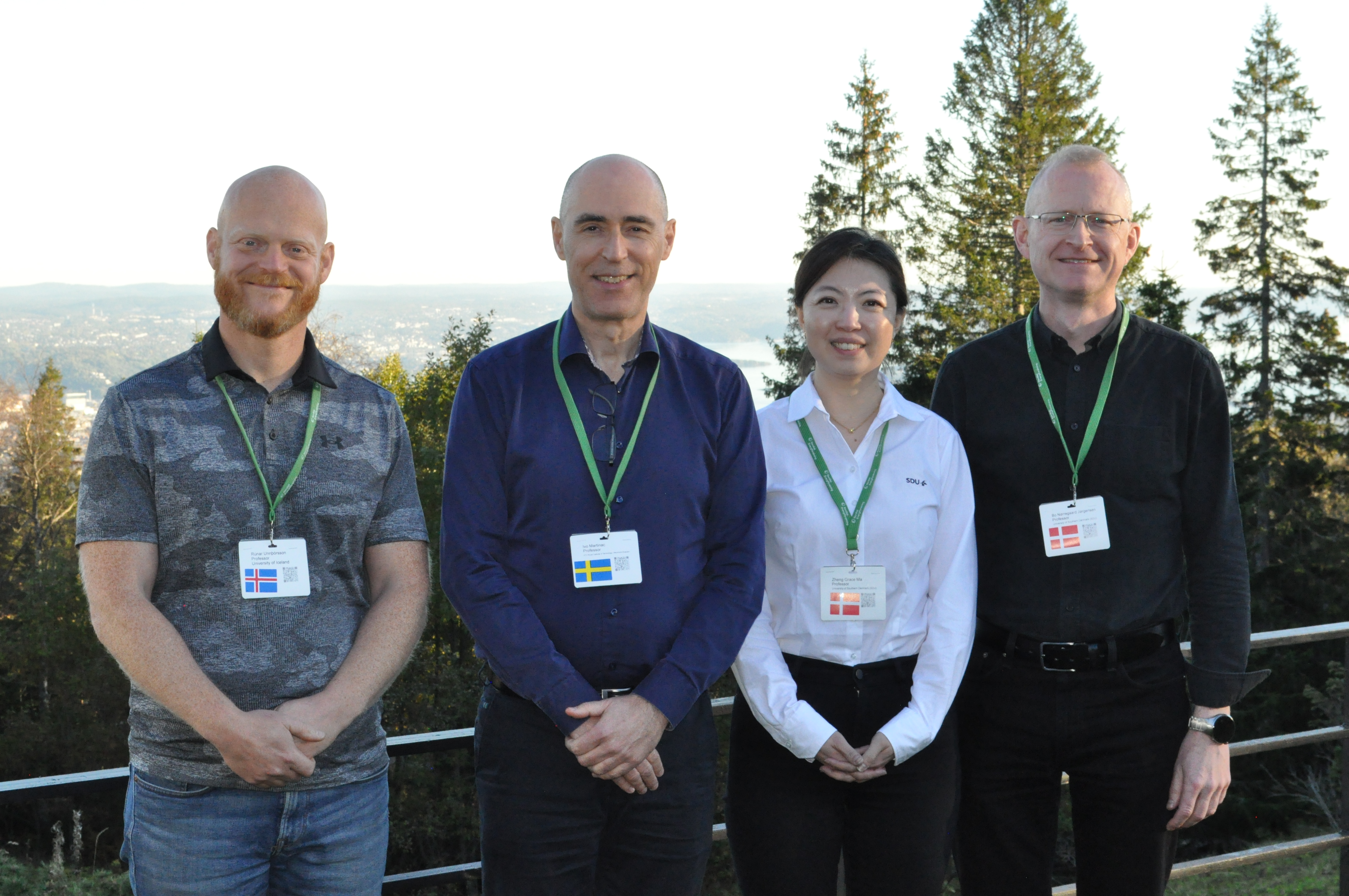
The EIA Nordic project team. From left: Rúnar Unnþórsson, Head of the Faculty of Industrial Engineering, Mechanical Engineering and Computer Science, University of Iceland, Ivo Martinac, Professor and Chair of Building Services and Energy Systems, KTH Royal Institute of Technology, Zheng Grace Ma, Full Professor, SDU Center for Energy Informatics, and Bo Nørregaard Jørgensen, Professor and Head, SDU Center for Energy Informatics.
The absence of dedicated networking initatives within energy informatics results in inadequate dissemination of knowledge and slows down the professional growth of professionals in the field. Therefore, EIA Nordic is designed to establish robust networks through research exchanges, annual conferences, and yearly summer schools in energy informatics, in order to sustain the Nordic region’s leadership in sustainable energy development.
“We talk about data-driven systems, which are all running on fuels, i.e., data. But there is no fuel – the data for the analyses and improvements isn’t there, so the whole implementation of smartness falls because we need to feed in something. We’re interested in looking into how we can join forces and define what is needed to get better data. It’s not one thing, but many that have to come together,” says Ivo Martinac, Professor and Chair of Building Services and Energy Systems at KTH Royal Institute of Technology.
“However, the challenge is that these initiatives won’t happen without funding. And then when they actually happen, there needs to be a focus on openness and inclusiveness, in order for further growth. The Nordic Energy Research Mobility Programme is essential for realising this,” says Bo Nørregaard Jørgensen, Professor and Head at SDU Center for Energy Informatics.
When it comes to funding, Ma also mentions the issue of dependency.
“Funding is of course crucial, but it entails strong dependency at the same time. We want to try and see what can be self-sustained. After the project ends, we hope to have a sustainable framework that helps us continue our work. Furthermore, all of us are senior, so we’ll have to incubate the juniors who will later become the seniors that can maintain the network,” says Ma.
Martinac agrees: “The sustainable recruitment of Nordic capacity will carry on for the new generations of researchers and professors. But to become a professor, you have to go through several stages, which we need a framework for. It’s vital to plan for the intellectual resilience of the Nordic region – to think long-term for how the academic capacity should look. What profiles? Who are these people? What values do they have?”
Nordic Energy Research would like to thank everyone for taking part in the constructive dialogue, both during the presentations and in the breaks! We look forward to continuing the strengthening and expansion of energy communities across the Nordic countries. The next Annual Mobility Workshop will be in the end of October 2025.

